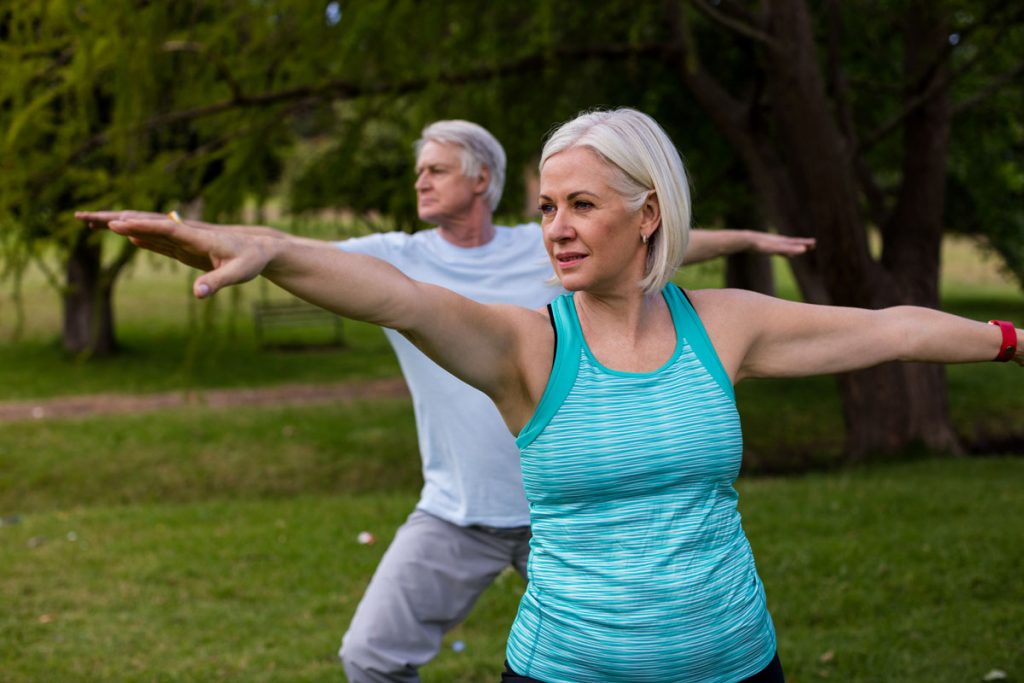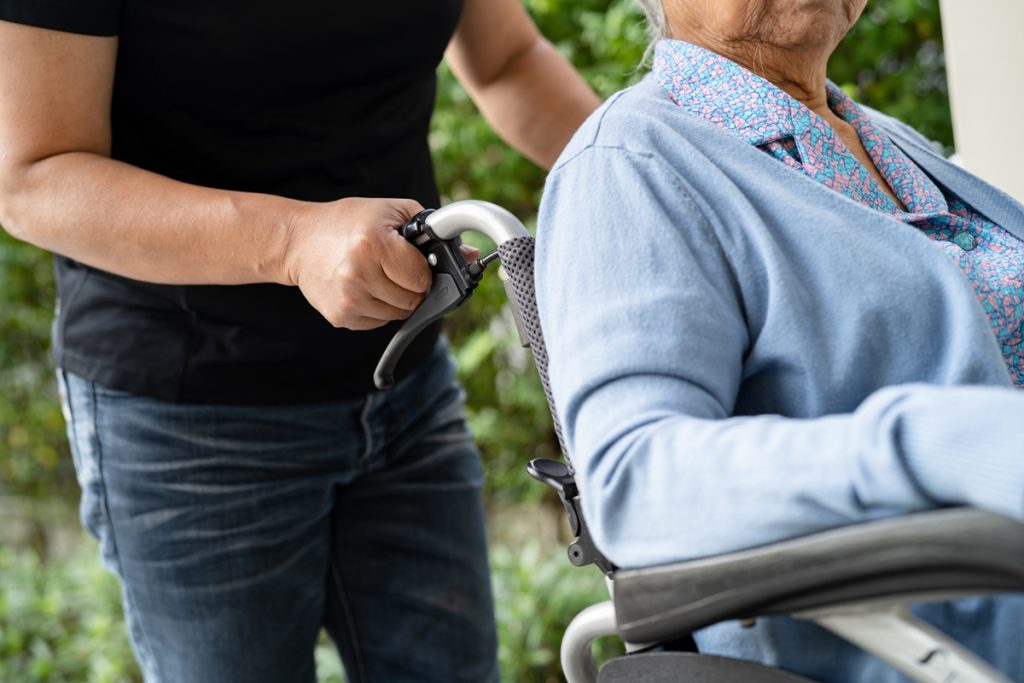2024 Home Safety Tips

Ensuring home safety involves taking proactive measures to prevent accidents and protect your household from various risks. Here are some comprehensive tips to enhance home safety:
General Home Safety
- Install Smoke and Carbon Monoxide Detectors:
- Place smoke detectors on every floor, in each bedroom, and outside sleeping areas.
- Install carbon monoxide detectors near bedrooms and on each floor.
- Test detectors monthly and change batteries at least once a year.
- Fire Safety:
- Keep a fire extinguisher in the kitchen and other key areas.
- Develop and practice a fire escape plan with your family.
- Never leave cooking unattended, and keep flammable items away from the stove.
- Electrical Safety:
- Replace frayed or damaged cords immediately.
- Avoid overloading outlets; use surge protectors.
- Keep electrical appliances away from water.
- Fall Prevention:
- Install handrails on staircases and in bathrooms.
- Use non-slip mats in the bathroom and secure rugs with non-slip pads.
- Keep walkways and stairs clear of clutter.
- Poison Control:
- Store cleaning supplies, medicines, and hazardous materials out of reach of children.
- Label all chemicals clearly and keep them in their original containers.
- Have the Poison Control Center number (1-800-222-1222 in the U.S.) handy.
Security Measures
- Locks and Doors:
- Use deadbolts on exterior doors.
- Install peepholes or video doorbells to see who is outside.
- Reinforce sliding doors with bars or special locks.
- Windows:
- Install window locks and ensure they are locked when not in use.
- Use window bars or security film for additional protection.
- Lighting:
- Install exterior lighting around your home, especially near entrances.
- Use timers or smart lights to make it appear someone is home when you’re away.
- Alarm Systems:
- Install a home security system with monitoring services.
- Use motion detectors and security cameras for added protection.
Child Safety
- Childproofing:
- Install safety gates at the top and bottom of stairs.
- Use cabinet locks to prevent access to dangerous items.
- Cover electrical outlets with safety plugs.
- Safe Sleep Practices:
- Place babies on their backs to sleep, in a crib with a firm mattress.
- Keep the crib free of soft bedding, toys, and pillows.
Emergency Preparedness
- First Aid Kit:
- Keep a well-stocked first aid kit accessible, and ensure family members know where it is.
- Include bandages, antiseptic, pain relievers, and any necessary prescription medications.
- Emergency Numbers:
- Post emergency contact numbers near phones and ensure all family members know them.
- Teach children how to dial emergency services.
- Natural Disasters:
- Know the risks in your area (e.g., earthquakes, floods) and have a plan in place.
- Prepare an emergency kit with essentials like water, food, flashlights, and batteries.
- Escape Plan:
- Create and practice a home escape plan for different emergency scenarios.
- Ensure everyone knows two ways out of each room and has a designated meeting spot outside.
Health and Hygiene
- Cleanliness:
- Regularly clean and disinfect high-touch surfaces to prevent illness.
- Keep the home free from mold and pests.
- Air Quality:
- Use air purifiers to reduce allergens and pollutants.
- Ensure proper ventilation, especially when using chemicals or during cooking.
By following these tips, you can create a safer environment for you and your family. Regularly review and update your safety measures to adapt to any new risks or changes in your household.
Choosing A Cane or A Walker
Choosing the right mobility aid, whether it is a cane or a walker, can be a difficult decision. There are many factors to consider, such as your individual needs, preferences, and activities.
Here are some things to think about when choosing between a cane and a walker:
- Your level of balance: If you have good balance, a cane may be sufficient. If you have poor balance, a walker may be a better option.
- Your activity level: If you are active and mobile, a cane may be a good choice. If you are less active, a walker may be a better option.
- Your lifestyle: If you live in a small space, a cane may be a better choice. If you live in a large space, a walker may be a better option.
- Your budget: Canes and walkers can range in price from a few dollars to several hundred dollars. Consider your budget when making your decision.
Here are some of the different types of canes and walkers available:
- Straight canes: Straight canes are the most common type of cane. They are lightweight and easy to use.
- Quad canes: Quad canes have four legs, which provide more stability than a straight cane.
- Folding canes: Folding canes are easy to transport and store.
- Rollators: Rollators are walkers with wheels. They are easier to use than traditional walkers, but they can be more difficult to maneuver in tight spaces.
- Quadruped walkers: Quadruped walkers have four legs, like a quad cane, but they also have wheels. This makes them a good option for people who need more stability than a straight cane, but who also want the convenience of wheels.
If you are not sure which type of mobility aid is right for you, talk to your doctor or a physical therapist. They can help you assess your needs and make the best recommendation for you.
Here are some additional tips for choosing a cane or a walker:
- Try out different types of canes and walkers before you buy one. This will help you find the one that is most comfortable and easy to use for you.
- Make sure the cane or walker is the right height for you. The top of the cane or walker should be level with your wrist when you are standing upright.
- The cane or walker should be sturdy and well-made. It should not wobble or feel unstable.
- The cane or walker should be easy to grip. The handle should be comfortable and non-slip.
By following these tips, you can choose the right mobility aid to help you stay safe and mobile.




